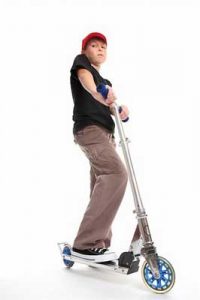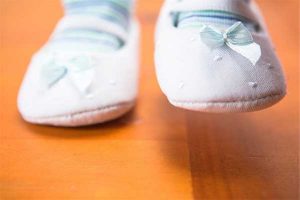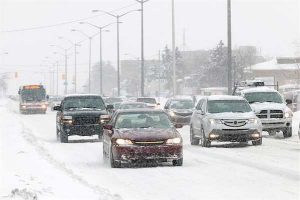How Risky Is Your Job?
 There are certain jobs you would expect to carry a high risk of job-related injury – emergency first-responders, high-rise window cleaners, miners, road repair crews, oil field workers – to name a few. On the other hand, you may consider other jobs relatively safe but you could be surprised.
There are certain jobs you would expect to carry a high risk of job-related injury – emergency first-responders, high-rise window cleaners, miners, road repair crews, oil field workers – to name a few. On the other hand, you may consider other jobs relatively safe but you could be surprised.
According to recently released federal labor data, full-time retail workers suffered a higher rate of job-related injuries than workers in other potentially hazardous fields. Which industry has the highest potential for injury? Read “Toughest jobs? Try working in a pet store” to find out.
 New Jersey Injury Lawyers Blog
New Jersey Injury Lawyers Blog










